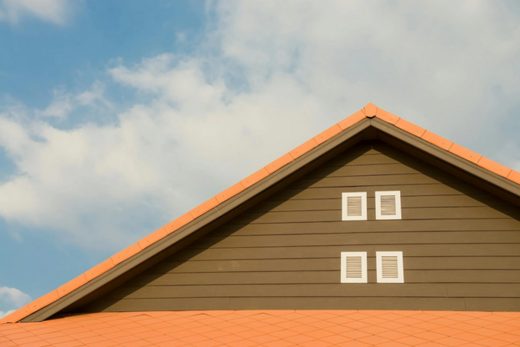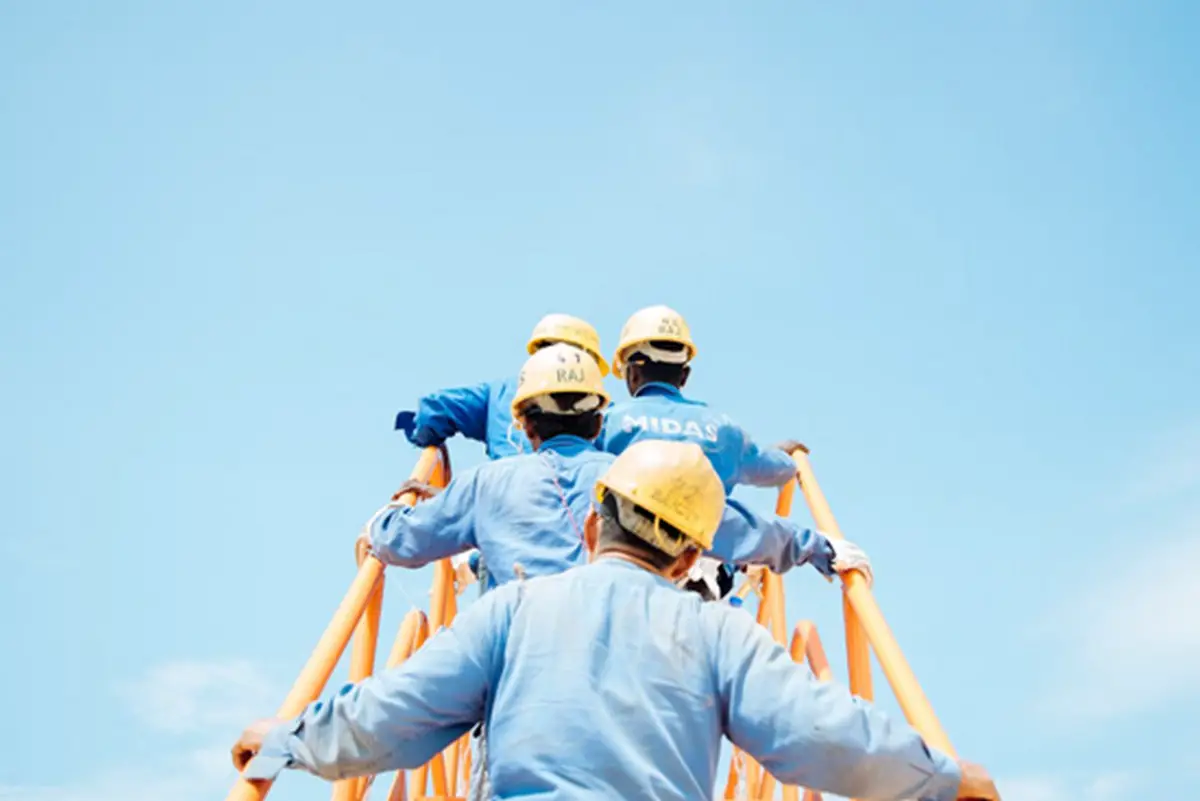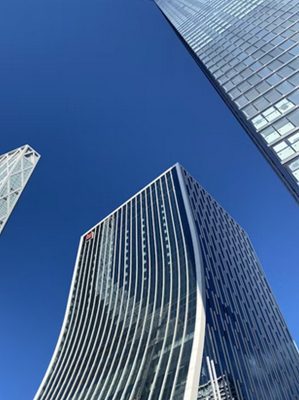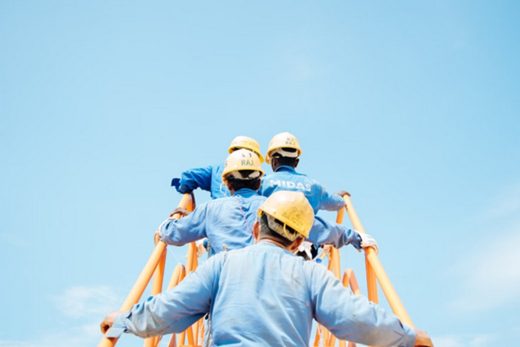The ultimate roofing blueprint for business owners, Building roofing maintenance, United States property repair guide
The Ultimate Roofing Blueprint for Business Owners
May 8, 2024
In the world of business, understanding the nuances of your commercial property, including the roofing system, is vital. A well-maintained roof protects your assets, ensures the safety of your employees and customers, and contributes to energy efficiency, ultimately affecting your bottom line. This comprehensive guide is tailored for business owners looking to grasp the importance of their commercial roofing systems, from selection and maintenance to understanding the technological advancements in the industry.
Introduction to Commercial Roofing
When it comes to commercial roofing, the stakes are high. Unlike residential roofs, commercial systems must cover larger areas and are designed with the durability to withstand the rigors of the environment while supporting potentially heavy equipment. The choice of roofing system—be it metal, membrane, built-up, or green roofing—will influence not just the building’s aesthetics but its energy consumption and resilience against weather elements.
Selecting the right roofing material and design is the first step in achieving a roofing system that aligns with your business’s needs and values. Factors such as climate, building use, and budget will guide this decision-making process. An energy-efficient roofing material in a hot climate might save thousands in cooling costs, just as a durable, weather-resistant option in areas prone to storms can prevent costly repairs.
Understanding How Commercial Roofing Systems Work
At the heart of making an informed decision about your commercial roofing system is understanding how it works. Reading a commercial roofing systems guide can demystify the complex world of commercial roofs, breaking down the components, materials, and design philosophies that differentiate one system from another.
This knowledge isn’t just academic; it directly impacts your business. For instance, a flat roofing system may require regular maintenance to prevent water pooling, whereas a pitched roof might offer better water runoff but could be more expensive to install. Learning the pros and cons of each system ensures you’re not just relying on the expertise of your contractor but are an informed participant in the process, able to advocate for what’s best for your business.
Maintenance Is Key
A common thread in ensuring the longevity and performance of your roofing system is regular maintenance. A proactive approach can prevent minor issues from escalating into major problems. Inspections should be conducted at least bi-annually and after major weather events. Keeping drains and gutters clear of debris, ensuring rooftop equipment is properly installed and functioning, and addressing minor repairs promptly are all critical components of an effective maintenance strategy.
The role of technology in roofing maintenance cannot be understated. Today, drones and thermal imaging can detect leaks and weaknesses without the need for invasive techniques. Such innovations not only save time but also reduce the cost of maintenance over the lifespan of your roof.
Choosing the Right Contractor
Equally important to selecting the right roofing system is choosing the right contractor to install and maintain it. A reputable contractor will have extensive experience with commercial roofs, hold the necessary licenses and insurance, and be willing to provide references. They should engage in transparent communication, offering clear explanations of the work to be done, as well as detailed estimates and contracts. Remember, the lowest bid may not always be the best choice; quality and reliability should be your guiding principles.
Navigating Roof Replacement or Repair
There comes a time in the life of every commercial roof when repair or replacement becomes necessary. Understanding the signs that indicate the need for replacement is crucial—these can include widespread water damage, the age of the roof, or energy inefficiency. Weighing the cost and benefits of repair versus replacement, and considering the long-term impact on your business, can aid in making a decision that ensures continuity and protection for your business assets.
Replacement is an opportune time to reconsider the type of roofing system that best suits your current and future needs. Perhaps since the original roof was installed, new materials or technologies have emerged that could improve energy efficiency, durability, or aesthetic appeal. Upgrading to a more sustainable or technologically advanced roofing system can increase property value, reduce operating costs, and showcase your commitment to environmental responsibility.
The roof over your business does more than keep out the rain; it’s a complex system integral to the building’s performance and your company’s operational success. From understanding how commercial roofing systems work to selecting the right contractor and maintaining your investment, each step is a critical component of managing a physical asset that protects your business. Armed with knowledge and the right partners, you can ensure your roofing system contributes positively to your bottom line for years to come.
Comments on this The Ultimate Roofing Blueprint for Business Owners article are welcome.
Roofing Articles
Roofing Posts
Flat roof repair

image source : pixabay.com
Insulation Options for Your Roof

Property Design
Contemporary Residential Property Design
Comments / photos for the The Ultimate Roofing Blueprint for Business Owners page welcome





